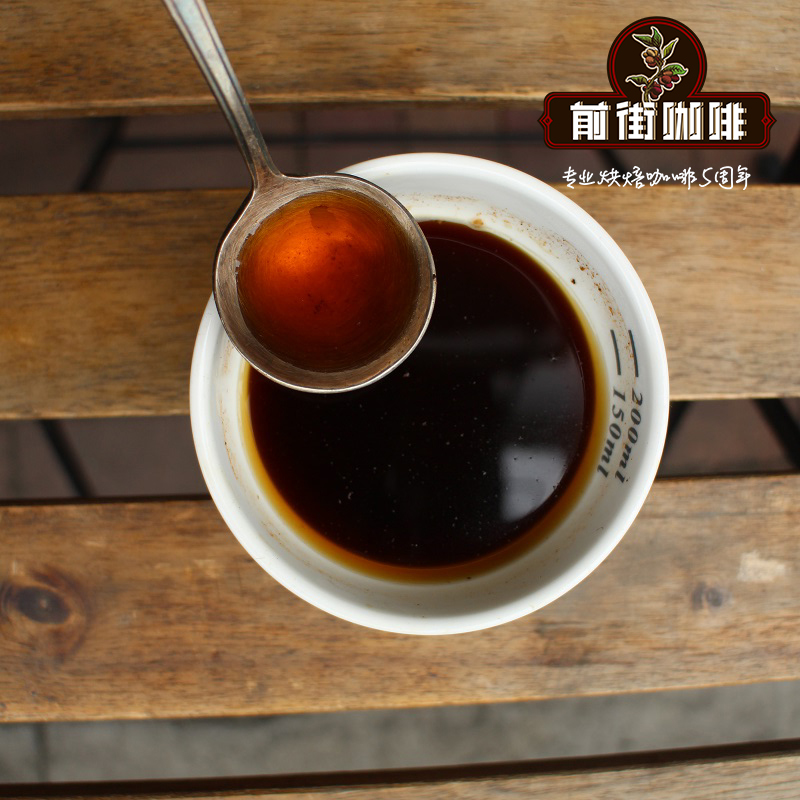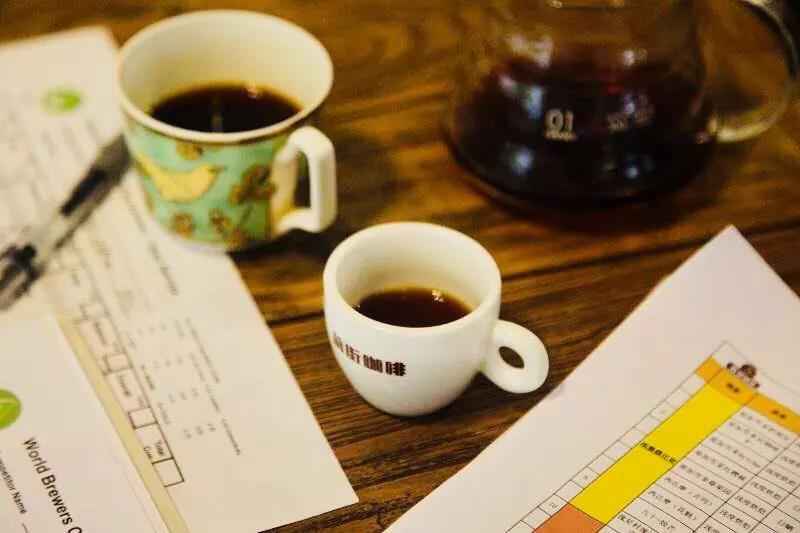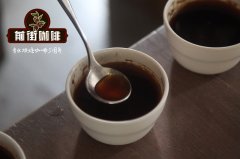How should Turkish coffee be made? What is Turkish coffee? How to use the coffee pot in Turkey

Professional coffee knowledge exchange more coffee bean information please follow the coffee workshop (Wechat official account cafe_style)
When it comes to coffee, the first thing that comes to mind is either Italy or the United States, but this addictive black drink was first widely circulated in the Arab world. Were it not for the Turkish siege of Vienna in the 16th century, the bag of beans left behind during the retreat opened up a new taste for Europeans, this "Islamic wine" might continue to be the most fragrant secret in the Middle East.
Turkish coffee is not only mysterious divination fascinating, the small copper pot used to make coffee is also very eye-catching! Let's first introduce the Turkish coffee pot.
[Turkish coffee maker]
The history of the Yvlik kettle
In the 6th and 7th centuries, the Gella people in Ethiopia began to eat coffee fruits and boiled grass leaves; in the 9th century, Persians cooked coffee fruits and used fruit juices as medicine By the middle of the 15th century, it began to be popular in Yemen that the coffee beans in the fruit were roasted, ground and cooked with the pulp, known as "Kawa", and spread to Turkey, where the weather was hotter than that in Yemen, and the coffee pulp was not easy to preserve. so we bake coffee beans and grind them to make coffee. Turkish coffee is one of the oldest methods of extraction.
The utensils used to make Turkish coffee are called Ibrik and Cezve. Strictly speaking, the Evelick kettle, which means "water canister" in Turkish, is an instrument with a lid that looks close to a long-nosed pot. The cut crape myrtle pot, which means "burning firewood / coal" in Greek, is made of pure copper with a long handle. However, when it comes to Turkish coffee utensils in China, they are collectively referred to as Yvlik pots.
The earliest blended coffee
Coffee was first drank without sugar in the Middle East, until after the mid-16th century, when the Turks occupied the sugar-producing island of Cyprus, aristocrats and rich people began to add sugar to their coffee. In addition to granulated sugar, different countries will be mixed with a variety of spices, such as cinnamon, cloves and so on. Come to think of it, the ancestor of all kinds of fancy coffee today is Turkish coffee.
Modern Yvlik kettle
The Yvlik pot was originally made of good pure copper with good thermal conductivity, but later, products made of other materials such as stainless steel or ceramics also appeared. Recently, the Yvlik kettle, which is not only made of material, but also has a modern design, has been launched on the market recently, and the heat source has also expanded from alcohol lamp to gas stove, mountaineering gas stove, black crystal stove, and so on. Even in Turkey, there is a shop hot kettle type of Evelick kettle, which can be called a coffee utensil that embodies the traditional spirit in a modern way.
[ancient coffee culture]
Coffee has been rooted in Turkish life since the Ottoman Turkish Empire. At that time, men had to prepare coffee for the whole family, which was the responsibility of parents. If it is not fulfilled, the wife even has the legal right to divorce. In aristocratic families, some have servants who specialize in making coffee. Midwives also use coffee as a painkiller to relieve maternal labor pains. The parents of the Turkish groom will visit the bride-to-be's home, taste the coffee cooked by the bride-to-be, and decide whether or not to get married according to the taste of the coffee. The origin of the word "Cafe" also comes from Turkey. In 1554 Constantinople, the capital of the Ottoman Empire, appeared a "Kabeh" decorated with carpets, gems and tiles, specializing in cooking Turkish coffee. After "Kabeh culture" spread to Europe, "Kabeh" became the etymology of "coffee" and "Cafe".
The most unique thing about Turkish coffee is the preparation process. Pour a small cup of water into a traditional Turkish coffee pot called "Cezve", then add about a tablespoon of coffee powder and add the desired amount of sugar, heat and stir over a low fire, bring to a boil and float, and pour half of the coffee into the coffee cup.
Then continue to heat the rest of the coffee in the pot over low heat. After boiling, pour them all into the cup and enjoy. Turkish coffee has a strong taste because it does not filter out the coffee grounds, and it is customary to pair it with a cup of boiled water and the famous local fudge (Delicacies) and sweets (Delights).
The Turkish coffee brewed in this way has rich layers, bright aroma, thick taste, sour flavor and nutty flavor.
Important Notice :
前街咖啡 FrontStreet Coffee has moved to new addredd:
FrontStreet Coffee Address: 315,Donghua East Road,GuangZhou
Tel:020 38364473
- Prev

[Qianjie barista examination] check Qianjie irregularly for exams.
Professional coffee knowledge exchange more coffee bean information please follow the coffee workshop (Wechat official account cafe_style) [preface] I believe some friends have found that we have random tests on the front street from time to time, why do we want to take the exam? In addition to testing our familiarity with beans, it is more important to show you a good cup of coffee and enjoy the taste and story of a cup of coffee.
- Next

How to use the coffee pot in Turkey? Is the Turkish coffee good? How to make Turkish coffee
For more information on coffee beans, please follow the coffee workshop (Wechat official account cafe_style) [legends of coffee] although European and Arab historians have collected many mysterious oral stories, which originated from the Queen of Sheba in Africa 500 AD, but according to the written records handed down, only in the first half of the 15th century.
Related
- What is the meaning of lactic acid fermentation with coffee bean treatment?
- How to judge the state of foam by sound?
- How does the latte pull out the unicorn pattern? Come to get for a little trick to improve the flower pull!
- Will flower pulling affect the taste of the latte?
- Do you know the history of coffee?
- The difference between honey treatment and sun washing what is raisin honey treatment?
- What kind of milk can a novice use to make coffee foam to keep the foam longer? The correct method and skills of milking tutorial sharing
- Why do washed coffee beans taste sour? Flavor characteristics of washed Coffee
- Introduction to the skill of how to practice the size and height of water injection around the circle of hand-brewed coffee
- How do beginners practice coffee flower drawing from scratch?

